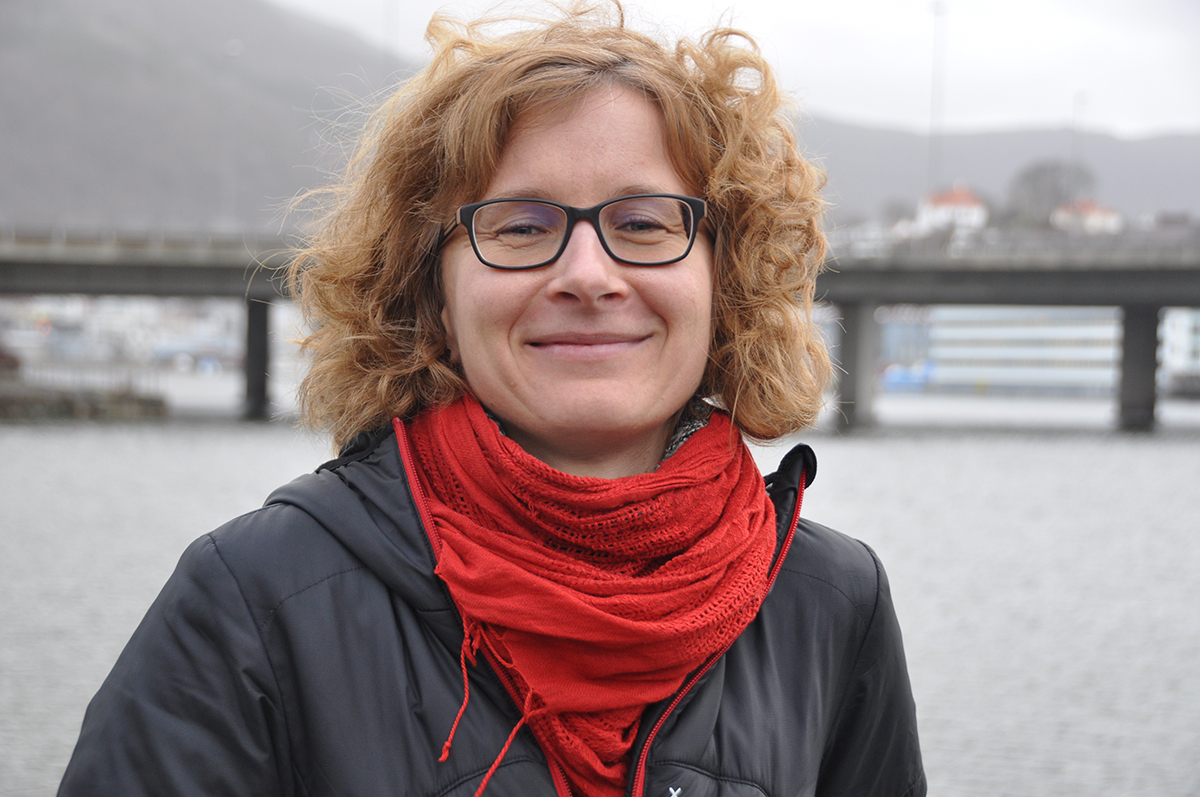Climate change causes rising sea levels both because more melt water enters the ocean and because warmer water takes up more space. The magnitude of each contribution varies from space to space and through time.
Twenty years ago a shift occurred in the Caribbean. From 1993 to 2003 the sea level around the islands rose mainly because water expanded as it got warmer. During the winter of 2003–2004 the water suddenly cooled, causing a drop in sea levels.
Afterwards both temperatures and sea levels have increased, but the warming is no longer the main reason behind the rising sea. More water has entered the region.
“Glaciers and ice sheets have played a big role in the latter period,” says Deron Maitland.
Maitland is a PhD candidate at The University of the West Indies, at Mona, Jamaica. He has led a recent study of sea levels in the Caribbean, working with colleagues from the University of Bergen, NORCE, Nansen Environmental and Remote Sensing Center and the Bjerknes Centre for Climate Research.
Maitland emphasizes that the temperature of the ocean still contributes to sea level rise, though its share of the total change has been smaller than before.

A paradise for tourists
A sea level rise of one or two meters would inundate flat islands like Barbados and Cayman Islands. Though Deron Maitland also sees coastal erosion as a threat to Caribbean states with higher terrain. The tourist industry springs from an image of water from paradise.
“Sun, sand and sea,” he says. “The idea of great weather, white beaches and a pristine ocean.”
The beaches are so important for the regional economy that it is important to find out, not just how much the sea will rise in the long run, but also whether the sea level varies on shorter time scales. The shift identified in the new study may be an example of such fluctuations.
More water in the Caribbean
The melt water from the world’s glaciers and ice sheets do not form an even layer around the globe. Like all other water in the ocean, it is attracted gravitationally by the world’s land masses, and ocean currents makes water pile up in some regions.
The researchers know that more water is present in the Caribbean than before, but strictly not where this water came from. Satellite data show changes in sea level. How much of the increase that is due to the expansion of warmer water, can be calculated from the temperature and salinity of the sea.
The rest must be due to changes in the amount of water. That this contribution has increased, is in line with more melting of land ice during the latest years, but the sea level may also have been influenced by other factors.
"There is a chance that part of it could be due to natural variations,” says Deron Maitland. “We cannot say from the data we have."
A similar shift in the north
Kristin Richter is an oceanographer at NORCE and one of the leaders of the Bjerknes Centre’s sea level research effort. She compares the findings from the Caribbean with the situation in the north.
“We have seen a similar shift in the Arctic Ocean and the Nordic Seas, but we do not know whether they are related. We will look into that now,” she says.

Reference
Maitland, D.O., Richter, K., Raj, R.P., Bonaduce, A., Nisancioglu, K.H., Taylor, M.A., Stephenson, T.S.: Determining sea-level rise in the Caribbean: A shift from temperature to mass control. Sci Rep 14, 10387 (2024). https://doi.org/10.1038/s41598-024-60201-8

